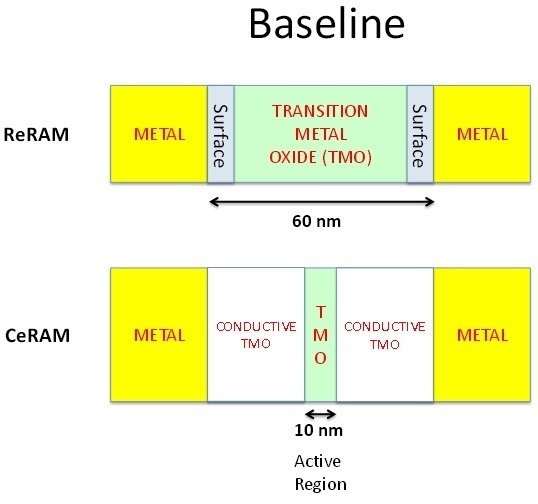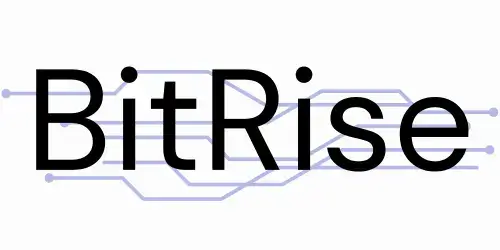
ARM announced the creation of Cerfe Labs, a company developing its concept Let’s hopea non-volatile memory that promises to offer features not found in any other current memory technology.
These new non-volatile memories, capable of storing data in the absence of powerbased on CeRAM (Correlated-Electron RAM) and FeFET (Ferroelectric Transistor) materials.
ARM will assign employees already involved in this project to Cerfe Labs, and the latter will continue to sign with Symetrix Corporation, a company led by Professor Carlos Paz de Araújo of the University of Colorado, the actual inventor of CeRAM. ARM will also transfer all intellectual property related to CeRAM (more than 150 patent families) to Cerfe Labs.
Organization of Cerfe laboratories
The latter, according to a note, Cerfe Labs will initially focus on the production of revolutionary prototypes that will be certified with the aim of accelerating the delivery of these new memories into systems.
According to Simon Segars, CEO of ARM, over the past 5 years, the research team has made great strides in advancing CeRAM technology. The next step would be to commercialize this technology of the future.
The new company will be based in Austin and led by Eric Hennenhoefer and Greg Yeric, two former employees of ARM Research. Hennenhoefer will be CEO of Cerfe Labs and Yeric will assume the role of CTO (Chief Technology Officer). ARM will retain a minority stake in Cerfe Labs, and Jason Zajac, ARM’s Chief Strategy Officer, will join the board.
Ceram, what is it?
According to Hennenhoefer, CeRAM is the industry’s most promising non-volatile memory with features not found in any other memory technology to date. It’s so promising that even the US Defense Advanced Research Projects Agency (DARPA) has taken an interest in it, and work under the agency’s ERI FRANC program has led to the identification of new materials for CeRAMs and the study of their capabilities.
CeRAMs are based on metal-to-insulator and insulator-to-metal state transitions (called Mott transitions) in transition metal oxides such as nickel oxide. Such transitions can be triggered by applying a specific voltage and current density. As Cerfe Labs explains, correlated electron (CE) switches work through strong electron orbital interactions, meaning they don’t require a process to create a conduction path, unlike other types of ReRAM.
The advantages of Ceram
The first advantage lies in the fact that it is a low cost memory. Production can be simplified. CeRAM can also be produced by other more advanced techniques such as chemical deposition or atomic layer deposition, with the possibility of sub-nanometer scaling. CeRAM is also very fast, with tests showing switching in less than 2 nanoseconds. Most CE materials switching in less than 100 femtoseconds.
It can operate down to cryogenic temperatures or higher temperatures than other currently existing technologies. Therefore, there are no limitations in terms of operating temperatures, which gives it good durability in use.

The memory operates at less than 0.6V and low current, it can also be made with many materials natively compatible with CMOS manufacturing, so it does not require high temperatures or new manufacturing techniques. It has the ability to adapt to any production process and is resistant to a wide variety of disturbances. It shows no wear unlike other non-volatile memories such as NAND used in SSDs.
It is a memory with great potential for future applications: for example, it could replace SRAM in logic circuits, also influencing the architecture of processors. It could also be used to perform computations itself, as in the case of neuromorphic architectures inspired by the human brain.






0 Comments